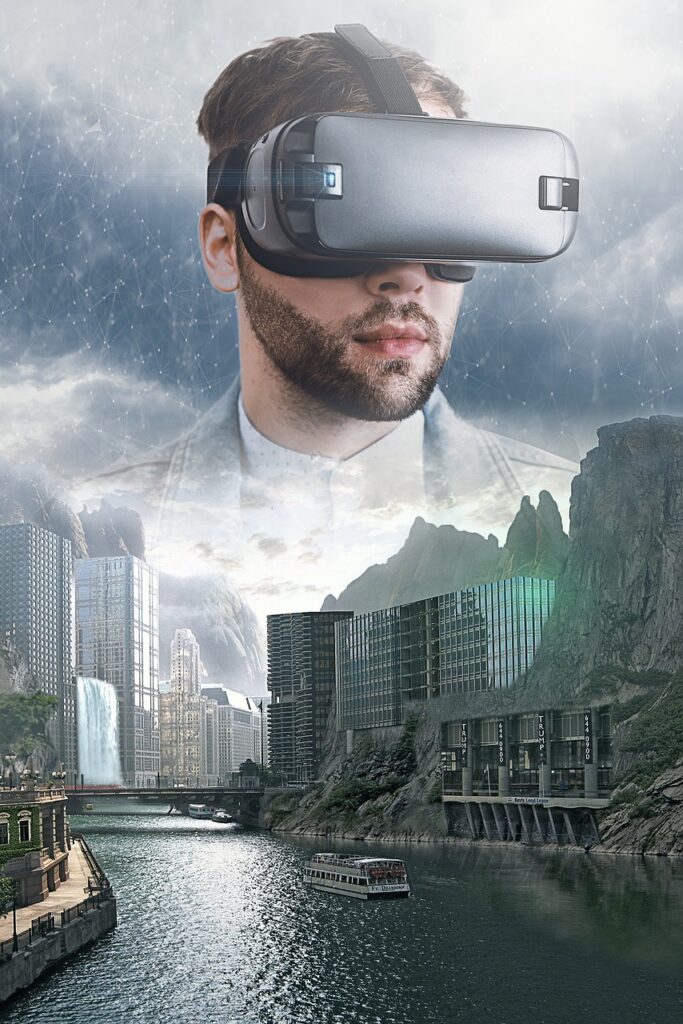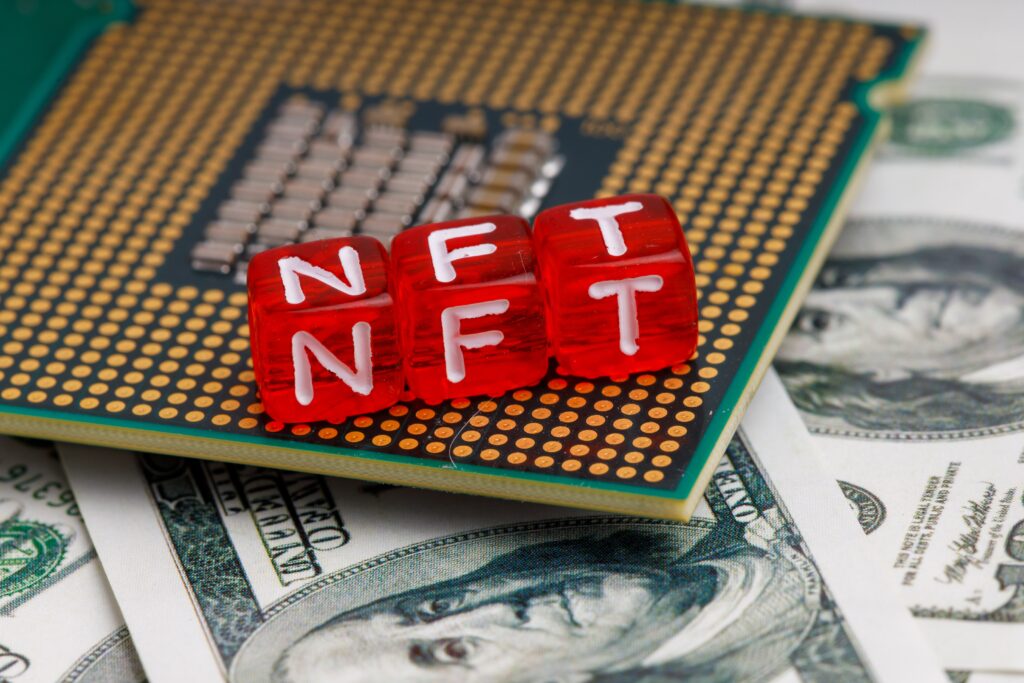Discover the transformative power of Augmented Reality (AR) and Virtual Reality (VR) in education. Explore how these innovative technologies are creating an immersive learning experience that enhances student engagement and educational outcomes. Dive into this comprehensive guide to understand the benefits, applications, challenges, and future prospects of AR and VR in education.
Introduction: Embracing the Virtual Frontier
Imagine a world where students can travel back in time to witness historical events, explore distant galaxies, or dissect a virtual frog with the flick of a wrist. Welcome to the realm of AR and VR in education, where traditional classroom boundaries are shattered, and learners are transported to new dimensions of immersive learning.
With the rapid advancement of technology, AR and VR have emerged as powerful educational tools, revolutionizing the way students engage with academic content and the learning process. By blending the real and virtual worlds, these technologies offer interactive experiences that stimulate curiosity, foster creativity, and promote deeper understanding.
In this article, we will delve into the vast potential of AR and VR in education. We will explore the applications of these technologies across various disciplines, discuss the benefits they bring to learners and educators, address the challenges they pose, and envision their future impact on education.
AR and VR in Education: Exploring the Possibilities
Augmented Reality and Virtual Reality have the potential to reshape the educational landscape, introducing an array of interactive and immersive experiences that captivate learners and make complex concepts more accessible. Let’s explore how these technologies are transforming education across different domains.
1. AR and VR in Science Education: Unleashing the Power of Discovery
With AR and VR, the wonders of science come alive, enabling students to embark on captivating scientific adventures. From exploring the human anatomy in 3D to navigating the intricate structures of a molecule, these technologies provide unparalleled opportunities to comprehend abstract scientific phenomena.
By bridging the gap between theoretical concepts and practical applications, AR and VR empower students to actively experiment, visualize complex systems, and deepen their understanding of scientific principles.
2. AR and VR in History Education: Time Traveling through the Ages
History is revitalized through augmented and virtual reality, enabling students to step back in time and witness historical events unfold before their eyes. Utilizing this technology, learners can roam ancient civilizations, experience pivotal moments in history, and gain a visceral understanding of the past.
By immersing themselves in historical environments, students develop a sense of empathy, cultural awareness, and critical thinking skills, fostering a deeper appreciation for the lessons of the past.
3. AR and VR in Language Learning: Taking Communication to New Frontiers
Language acquisition is enhanced with the integration of AR and VR. Students can travel to virtual countries, converse with native speakers, and practice real-life language skills within immersive environments. These technologies provide an authentic and engaging language learning experience, breaking down barriers and promoting cultural understanding.
By simulating real-world scenarios and encouraging interactive communication, AR and VR enable learners to master foreign languages more effectively, empowering them to become global citizens in our interconnected world.
4. AR and VR in Mathematics Education: Making Abstract Concepts Tangible
Mathematics often presents challenges for students due to its abstract nature. AR and VR offer a solution by transforming mathematical concepts into tangible and interactive experiences. Students can manipulate virtual objects, visualize geometric shapes, and solve complex equations within immersive environments.
By incorporating hands-on experiences and interactive simulations, AR and VR provide a multisensory approach to learning mathematics, fostering deeper comprehension and mathematical fluency.
FAQs
Q: How does AR and VR benefit students with different learning styles? A: AR and VR cater to various learning styles by providing a multisensory learning experience. Visual learners can engage with 3D models, auditory learners can listen to immersive audio, and kinesthetic learners can interact with virtual objects, creating a personalized and inclusive learning environment.
Q: How do AR and VR address the engagement gap in education? A: AR and VR cultivate engagement by offering interactive and immersive experiences. Students become active participants in their learning, leading to increased motivation, curiosity, and retention of knowledge. By transforming passive spectators into active explorers, AR and VR bridge the gap between learners and subject matter.
Q: Are there any challenges associated with integrating AR and VR in education? A: While the potential of AR and VR in education is vast, certain challenges need to be addressed. Limited access to technology, cost barriers, and the need for specialized training pose challenges for widespread adoption. Ethical considerations, such as ensuring content appropriateness and safeguarding student privacy, also need careful attention.
Q: What does the future hold for AR and VR in education? A: The future prospects of AR and VR in education are promising. As technology continues to advance and become more affordable, we can anticipate increased accessibility and integration of these technologies in classrooms worldwide. With continued research and development, AR and VR have the potential to reshape the educational landscape, fostering creativity, collaboration, and critical thinking skills in learners.
Conclusion: Opening New Dimensions of Learning
AR and VR in education hold the keys to unlocking a new era of interactive, immersive, and inclusive learning experiences. By harnessing the power of these transformative technologies, educators can ignite curiosity, engage students on a profound level, and empower them to become active agents of their own education.
As we journey through the virtual frontier, let us embrace the potentialities of AR and VR in education, ensuring equitable access, robust pedagogical frameworks, and responsible implementation. Together, we can shape a future where every learner has the opportunity to embark on extraordinary educational adventures and realize their full potential.
So, are you ready to embark on an immersive learning experience with AR and VR in education?
Note: The content of this article is based on a combination of subject matter expertise and research from credible sources.



